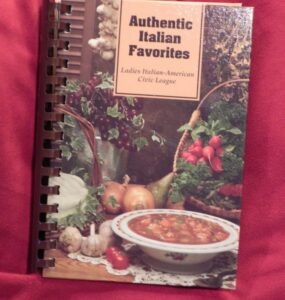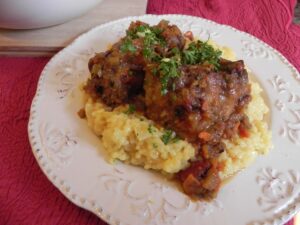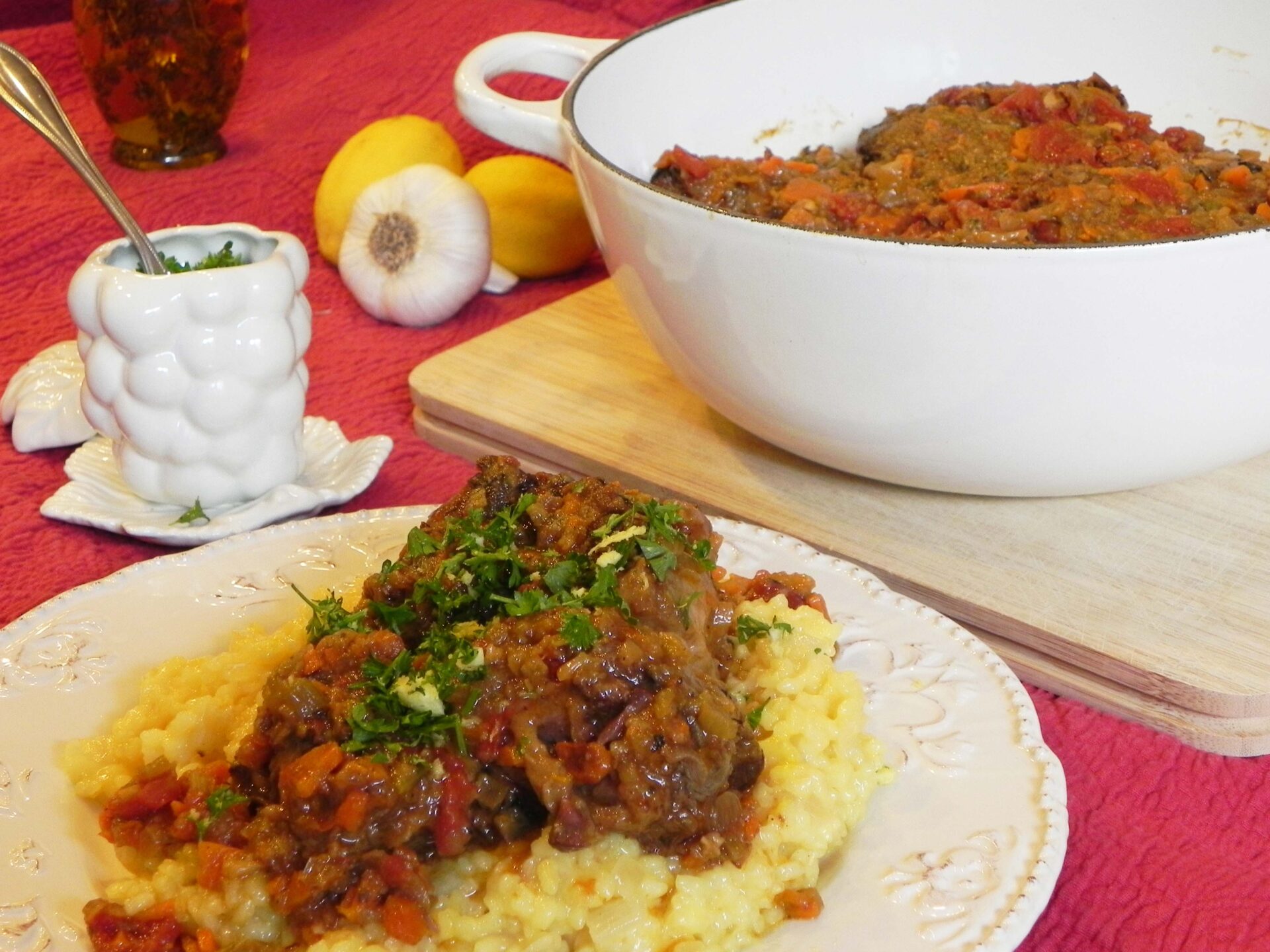Southernism of the Week:
On the north side of the grass: Still alive and not 6 feet under… like the Rebels and Bulldogs after both teams’ amazing football victories. This Oxonian, for one, is thrilled we had no blisters at Vaught-Hemingway Stadium last weekend!
HAPPY ITALIAN-AMERICAN and INDIGENOUS PEOPLES WEEK
Christopher Columbus Day was big in Memphis during my childhood, as it was all around the United States wherever Italian immigrants had settled.
Nowadays, not so much.
I understand the political-correctness motivating some communities to abolish Columbus Day and rename it Indigenous Peoples Day. After all, the invading Spaniards led by that intrepid Italian explorer wrought devastation on established New World cultures.
And there’s substantial proof supporting claims by some Native American groups that Columbus launched the trans-Atlantic slave trade. That’s pretty deep stuff.
However, no one can dispute that Columbus did change the world. He was the first of a group of Italian explorers and cartographers whose skills enabled European nations to export the Old World’s greatest resource into the New World — people with creativity and ambition and a fierce taste for liberty.
Italians may not have set foot on the North American mainland when Columbus landed at Hispaniola (Bahamas) on October 12, 1492, but they have been here since the beginning of European settlement, and have thrived in all occupations. One Italian-American colleague, Filippo Mazzei, even inspired some of Thomas Jefferson’s language in the Declaration of Independence.
Italian immigrants provided much needed labor in America between 1820 and 2004, with most being invited to replace the labor pool lost during the American Civil War. More than 5 million Italians, most of them from southern Italy, came to America to farm, mine and work in factories, primarily during the period from 1880 to 1920. Today, Italian Americans comprise about 5 percent of our population. The United States has 17 million citizens of Italian heritage. Our Italian-descended population is exceeded only by those in Brazil (31 million) and Argentina (24 million).
New York City’s Italian population organized the first Columbus Day celebration in 1866 as a way to honor their historical role in “discovering” America. The celebration spread to other large cities, even though historians were already referencing Norse visitors from a thousand years earlier.
President Benjamin Harrison first called for a national observance of Columbus Day in 1892, to commemorate the 400th anniversary of Columbus’ first arrival in the New World. Harrison’s proclamation was specific to the 400th anniversary of Columbus’ journey and how far America as a whole had progressed since that time. Also in 1892, the Columbian Exposition in Chicago featured replicas of the Niña, Pinta and Santa Maria.
At the same point in history, Italian Americans were struggling against prejudice and discrimination. In fact, in 1891, one of the largest mass lynchings in American history occurred in New Orleans. A mob dragged nine Sicilian immigrants out of the New Orleans jail and hanged them, despite their having been found not guilty of the crime of killing the NOLA police chief.
Despite such setbacks, Italian-Americans continued to embrace the Columbus Day idea as a way to celebrate their contributions. In 1906, Colorado became the first state to observe Columbus Day. Within five years, 14 other states had joined the celebration. October 12 became a federal holiday in 1934 under President Franklin Roosevelt. Congress in 1970 declared the second Monday of October as Columbus Day.
Three states with significant indigenous populations — Hawaii, Alaska and South Dakota — do not observe Columbus Day. Other communities around the United States have followed suit, some renaming the federal holiday “Indigenous Peoples Day.”
Nevertheless, Italian Americans still claim the week of October 12 as a time to celebrate their contributions to our nation.
I say “Bene,” and am celebrating by featuring Italian dishes on this week’s menu.
Italian immigrants contributed greatly to the Southern culture right here in the Mississippi, Arkansas and Louisiana Delta. Growing up in Memphis, I was immersed in a multicultural community that included a best friend and many neighbors of Italian extraction. Italian food was always on some friend’s menu, and Italian restaurants were among the city’s most popular dining institutions.
 Various Italian American groups host an annual Memphis Italian Festival every summer. One popular festival offering this year was Authentic Italian Favorites, the latest in a series of community cookbooks produced by the Ladies Italian-American Civic League. The cookbook contains recipes from beloved Memphis-area Italian American restaurateurs, including Johnny Grisanti’s Osso Buco recipe.
Various Italian American groups host an annual Memphis Italian Festival every summer. One popular festival offering this year was Authentic Italian Favorites, the latest in a series of community cookbooks produced by the Ladies Italian-American Civic League. The cookbook contains recipes from beloved Memphis-area Italian American restaurateurs, including Johnny Grisanti’s Osso Buco recipe.
Just seeing that recipe triggered strong memories and feelings of love… As a child I was occasionally allowed to accompany my father downtown to check on weekend deliveries of cotton samples. On the way home, we would stop for soup or Osso Buco at Johnny Grisanti’s Italian restaurant on Airways. Dad and Big John had been friends since their days as high-school gridiron opponents. The man always greeted us with a welcoming grin and a hug.
My Osso Buco recipe this week was inspired by Big John’s veal shanks Osso Buco with a bit of influence from Florida restaurateur Michelle Bernstein, who prepared an amazing Oxtail Osso Buco for the Southern Foodways Alliance symposium several years ago in honor of her own Italian-Argentinian heritage.
Osso Buco is a terrific make-ahead stew. Traditionally requiring an all-day effort combining stovetop braising and oven baking, the dish adapts well to slow cookery. It’s also perfect for freezing for later use. Simply thaw and reheat in the oven, and pair it with fresh-cooked risotto or pasta. The standard pairing is Risotto alla Milanese, made with saffron.
I’ve also included a recipe for an almond cookie because I love any food or drink made with almonds and almond flavoring. Think Amaretto. Yum.
As my Italian-American friends say, “Mangia bene, ridi spesso, ama molto!” (Eat well, laugh often, love much!)
OXTAIL OSSO BUCO

The loose translation is bone with a hole. Originally the dish was made with cross-cut veal shanks. I opted to prepare the Hispanic-influenced version because oxtail is more readily available at our local grocery stores. (Who knew!) Selling for about $5.99 a pound, two (1-1/2-pound) packages provide enough meat and marrow to fill a Dutch oven or large slow cooker — sufficient to feed four to six people.
2 pkgs of oxtails, rinsed and patted dry
Kosher salt and fresh ground black pepper
All-purpose flour
1/2 c extra virgin olive oil
1 large white or yellow onion, minced
1-1/2 c minced carrot
1-1/2 c fine-chopped celery, with leaves
4 T butter (1/2 stick)
3 fairly large cloves garlic, minced
2 strips lemon peel or 1 tsp dried lemon peel
1 c dry white wine (I used Cupcake Sauvignon Blanc because of the screw cap)
1 tsp chopped basil
2 bay leaves
1 tsp ground thyme (or 3 sprigs of fresh thyme)
1-1/2 tsp crushed rosemary
28-oz can petite diced tomatoes, drained
2 T fresh chopped parsley
14.5 oz can of beef broth (no msg)
Gremolata
Lightly dredge the oxtail sections in flour. Season with salt and pepper. Heat the olive oil in large skillet or Dutch oven on medium high heat. Drop oxtails into the hot oil, not overlapping, and sear on all sides until dark brown. Sear in stages if all won’t fit into the pan at once.
Once the oxtail has been browned, remove temporarily. Ladle out excess grease from pan and reduce heat to medium.
Add the butter and sauté the onions, celery and carrots until the onions and celery become translucent and softened, about 4-6 minutes. Add the lemon peel, garlic, bay leaves, rosemary, thyme, basil, salt and pepper, and stir to blend. Deglaze the pan by adding the wine. Be sure to scrape up all the bits of fond (brown stuff).
Add the tomatoes, parsley and beef broth. Bring to a boil and add the meat on top. The liquid should cover the meat. If it doesn’t, add more beef broth. Allow to simmer for about 15-20 minutes to reduce the liquid. Transfer to slow cooker set on 4 hours. (or transfer Dutch oven, covered, into oven preheated to 325˚F; bake for about 2-1/2 hours). Oxtails and sauce may be served as-is over risotto or pasta. Sprinkle individual servings with Gremolata.
VARIATION: Remove the oxtails carefully and pour liquid through a sieve, pressing the veggies to force them through as well. Return the strained liquid to hot pan and bring to a low boil. Whisk in 1 tablespoon of flour that has been dissolved in 3 tablespoons of water. Keep stirring until sauce thickens. To serve, place the oxtails over the risotto or pasta and cover with thickened sauce. Sprinkle with Gremolata.
GREMOLATA
1 to 2 T grated lemon peel
2 to 3 cloves minced garlic
1/4 c fine-chopped parsley
Make just prior to serving to preserve freshness. Combine the three ingredients and sprinkle over the Osso Buco.
RISOTTO ALLA MILANESE
Saffron is available in the spice section of Kroger. It’s expensive, so feel free to make plain ol’ risotto by omitting the spice.
1/4 c extra virgin olive oil
1 white onion, diced
2 c Arborio rice
3 to 4 c chicken stock or broth
Pinch of saffron
2 c dry white wine (the remains of the Cupcake Sauvignon Blanc)
Kosher salt to taste
2 T butter
3/4 to 1 c grated Parmesan cheese
Heat the olive oil in a large saucepan over medium heat. Add the onions and sauté until translucent, stirring gently from time to time.
In a medium saucepan, heat the chicken stock or broth. Add the saffron once heated; the stock will turn bright yellow. Keep it hot.
Add the rice to the sautéed onions and cook about 4 minutes until rice begins to stick to the pan. Scrape it to prevent burning. When the rice is crackling, add enough wine to cover. Season with salt and raise heat to medium-high, stirring until the wine has been absorbed. Add hot saffron chicken stock to cover the rice. Stir continuously until liquid has been absorbed into the rice. Repeat until all the saffron stock has been used and rice will test creamy rather than crunchy.
Remove from heat and add the butter and cheese. Beat vigorously until completely blended. Serve hot smothered by a ladle full of Osso Buco.
ALMOND COOKIES
 These cookies have a subtle shortbread flavor. They are excellent with coffee.
These cookies have a subtle shortbread flavor. They are excellent with coffee.
1 c shortening
3-1/4 c all-purpose flour
2 c white granulated sugar
16-oz pkg sliced almonds
4 tsp baking powder
4 large eggs, beaten
8 tsp almond extract
Line a cookie sheet with parchment paper. Preheat oven to 350˚F. Toast the almonds in a pan in oven preheated to 350˚F, turning once. Set aside to cool, then crush fine in food processor or by hand, using a pastry blender.
Cream shortening and sugar until fluffy. Mix in the eggs until completely blended. Add the almonds and almond extract.
Combine flour and baking powder and add to the wet mixture in three parts. Chill for 10 minutes. Drop by the teaspoonful on the cookie sheet, allowing about 1-1/2 inches between each.
Bake for 15 minutes until lightly golden. Remove to rack to cool. Yields 84 cookies.
Laurie Triplette is a writer, historian, and accredited appraiser of fine arts, dedicated to preserving Southern culture and foodways. Author of the award-winning community family cookbook GIMME SOME SUGAR, DARLIN’, and editor of ZEBRA TALES (Tailgating Recipes from the Ladies of the NFLRA), Triplette is a member of the Association of Food Journalists (AFJ),Southern Foodways Alliance (SFA) and the Southern Food and Beverage Museum (SOFAB). Check out the GIMME SOME SUGAR, DARLIN’ web site and follow Laurie’s food adventures on Facebook and Twitter (@LaurieTriplette).

